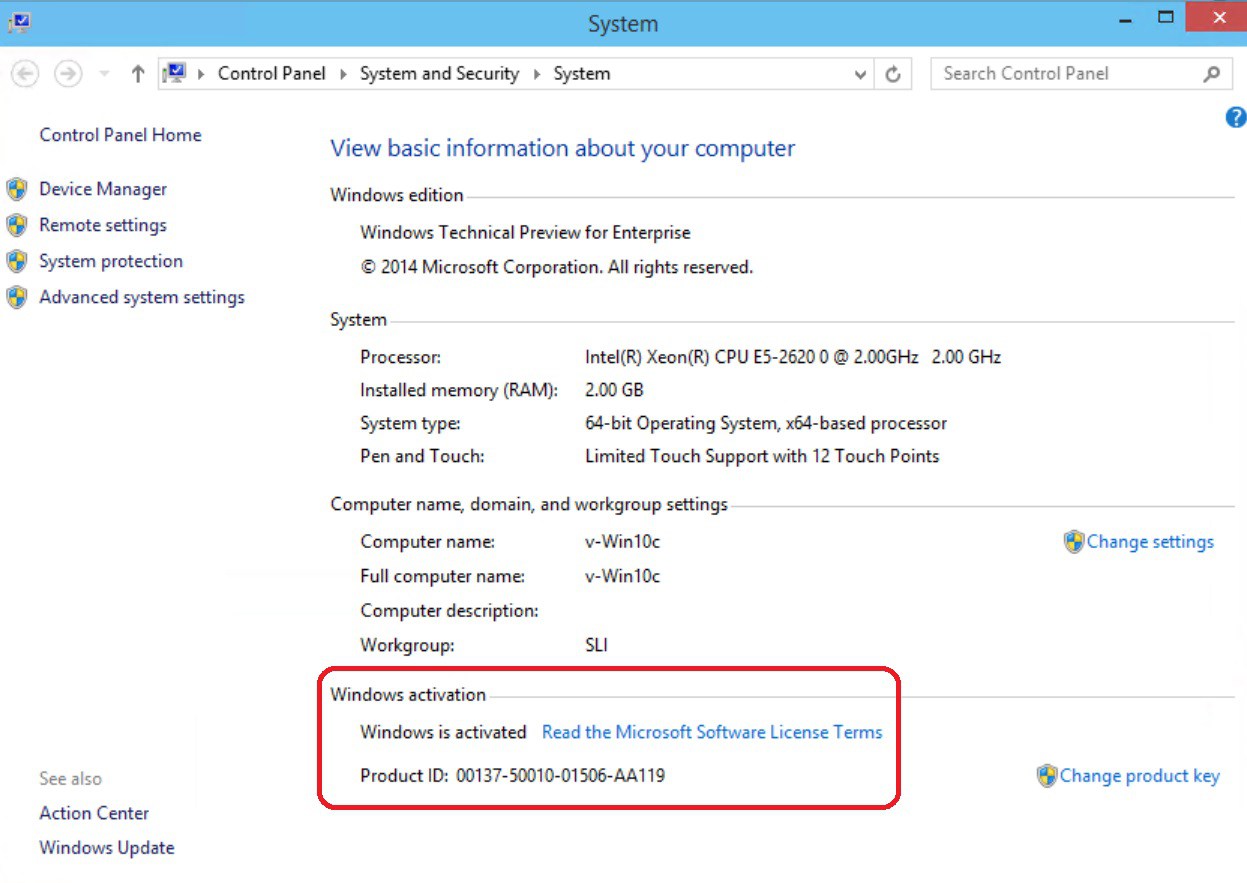Table of Content
I have like 7-8 WIndows 7 Ultimate licences so I got Win 10 pro on 3 of them. I do need some domain resources so it's usefull for me at home. It all depends on the need but, if it was like a $10 difference, even RDP , it's worth it but, $100+ more again, depends on your needs. Also, as I said above, Group policy editor comes with Pro, not home, so it's a lot easier to "TWEAK" WIndows 10 . On home, it's mostly registry settings for everything and can be a pain to hunt down if you dont know what your looking for.

Aaron Peters is a writer with Lifewire who has 20+ years experience troubleshooting and writing about consumer and business technology. His work appears in Linux Journal, MakeUseOf, and others. So I hope that you are now clear about the two different editions of Windows 10 and know what is suitable for your needs.
Windows 10 Pro vs Home: what's the difference?
The latest iteration of Bitlocker also allows for the encryption of individual files for more flexibility than the all-or-nothing approach of previous versions. Again, other software can accomplish similar encryption, but it's not built into the OS. Be sure to get an SSD that supports the necessary hardware acceleration for Bitlocker if you don't want to lose performance. It’s commendable on Microsoft’s front to pack Windows 10 Home with all the core features, considering it’s the basic version.

Another major difference in the Pro version is that it provides an encryption tool for your data files, which gives your business a higher level of security if a computer is lost or stolen. The general functionality and user interface are the same for both versions, so the day-to-day usage will be the same. What Windows 10 Pro provides is additional tools that address security and system management. Virtual desktop is finally available on Windows 10 and the good news is that both Windows 10 Pro and Home support it. Along with virtual desktops, Timeline is also available on both the Windows 10 versions. Timeline allows you to access all your browsing history from all devices including Android and iOS smartphones.
Windows 10 Home vs Pro: What Are You Choosing?
I would advice to move all your files to SharePoint/OneDrive in the cloud and get rid of your server all together. Upgrading through Microsoft directly will cost $199.99, which isn't a small investment. For most average consumers, Windows 10 Home is everything you'll ever need and you shouldn't waste your money on a Pro upgrade. Most consumers buying or building a Windows 10 PC will be coming across either the "Home" or "Pro" versions of the operating system.
Along with that, both versions can be easily upgraded to Windows 10 Education Edition. Aside from the above features, there are some other differences between the two versions of Windows. Windows 10 Home supports a maximum of 128GB of RAM, while Pro supports a whopping 2TB. However, unless you're running dozens of virtual machines, you’re not going to exceed the memory limits of Home any time soon.
Windows 10 home vs pro: Differences You need to know
There are also advanced features that power users in home environments might find they need. A built-in virtualization solution such as Hyper-V can be the ultimate solution for compatibility issues with older apps. With each revision of Windows 10, the real risk of compatibility issues arises.
What’s more, it requires you to use Microsoft Edge for surfing the web. Although these restrictions mean you don’t get to enjoy third-party apps, it also protects users from downloading dangerous apps and helps Microsoft easily root out malware. In a business with a lot of users, these issues become amplified, so Microsoft allows a lot more control over when and which updates are installed in the Pro version. Based on that key, Windows makes a set of features available in the OS. Pro offers more features, but this refers to the built-in functions of Windows, and many of these functions are tools used only by system administrators.
And same goes for most other things, there are better alternatives. Most users in this sub simply aren't going to need W10 Pro, and can use W10 Home instead. Pro has a very specific set of features that you’d know if you need. Trend Micro Maximum Security adds an extra layer of protection, securing your device from any attacks caused by vulnerabilities in Windows. To guarantee compatibility with the latest and greatest apps, it’s best to be on the newest OS. However, Windows 11 Home only supports up to 64 CPU cores and 128 GB of RAM.
Windows 10 Home should work fine if you just care about the new attractive features like Cortana, Timeline, Windows Hello, etc. Microsoft has also added some security features in the Home edition like Microsoft Passport, device encryption, and more. Windows 10 Home and Pro share some business features as well. Both the Windows versions come with support for Microsoft Passport, device encryption, side-loading of business apps, and mobile device management.
Windows 10 will offer both, and the updater will upgrade your PC to whichever bit-depth your current PC is running. Microsoft’s encryption software has been developed and updated since Windows Vista, and it’s been built into Windows 10 as well. Since Windows 8.1, BitLocker has offered the option to encrypt the Windows boot drive and other fixed drives within the system, as well as USB keys and external drives. Windows 10 S’s relatively low hardware requirements make it perfect for startups and schools that tend to purchase low-cost PCs.

This story was updated on July 1, 2020, with additional details, including PCWorld’s ongoing Windows 10 Pro deal for $40. Mark Hachman / IDGTo enable Hyper-V, you’ll need to enable optional Windows features, then select Hyper-V. MicrosoftWith Windows 10, Remote Desktop connections can even use ink as a “first class” input, which means that different levels of pressure are sensed and applied remotely.
Forced updates, and knocking about my OS for data unabated is one of them. Windows 10 Pro is the only choice, even for a home edition today! Andre thanks for posting the details and explanations. The rise of BYOD – bring your own device – has changed the dynamic of how we compute. It’s not strange for you to use the same Android or iOS device at work to access resources on your Exchange, Microsoft Teams, SharePoint, or OneDrive for Business. Yet you use these same devices at home or at work to catch up on the latest tweets, listen to your Spotify or manage your home spy cam.


No comments:
Post a Comment